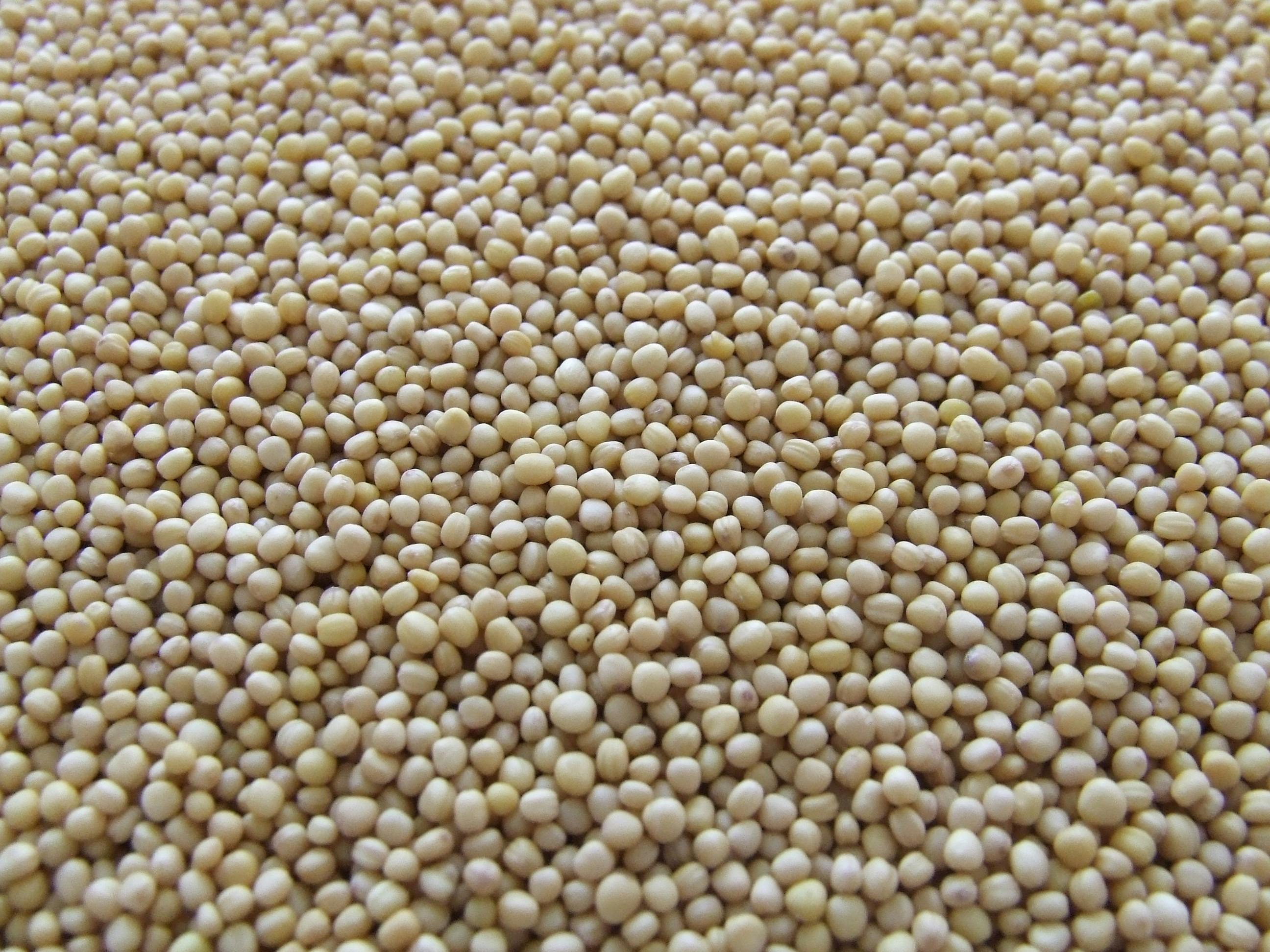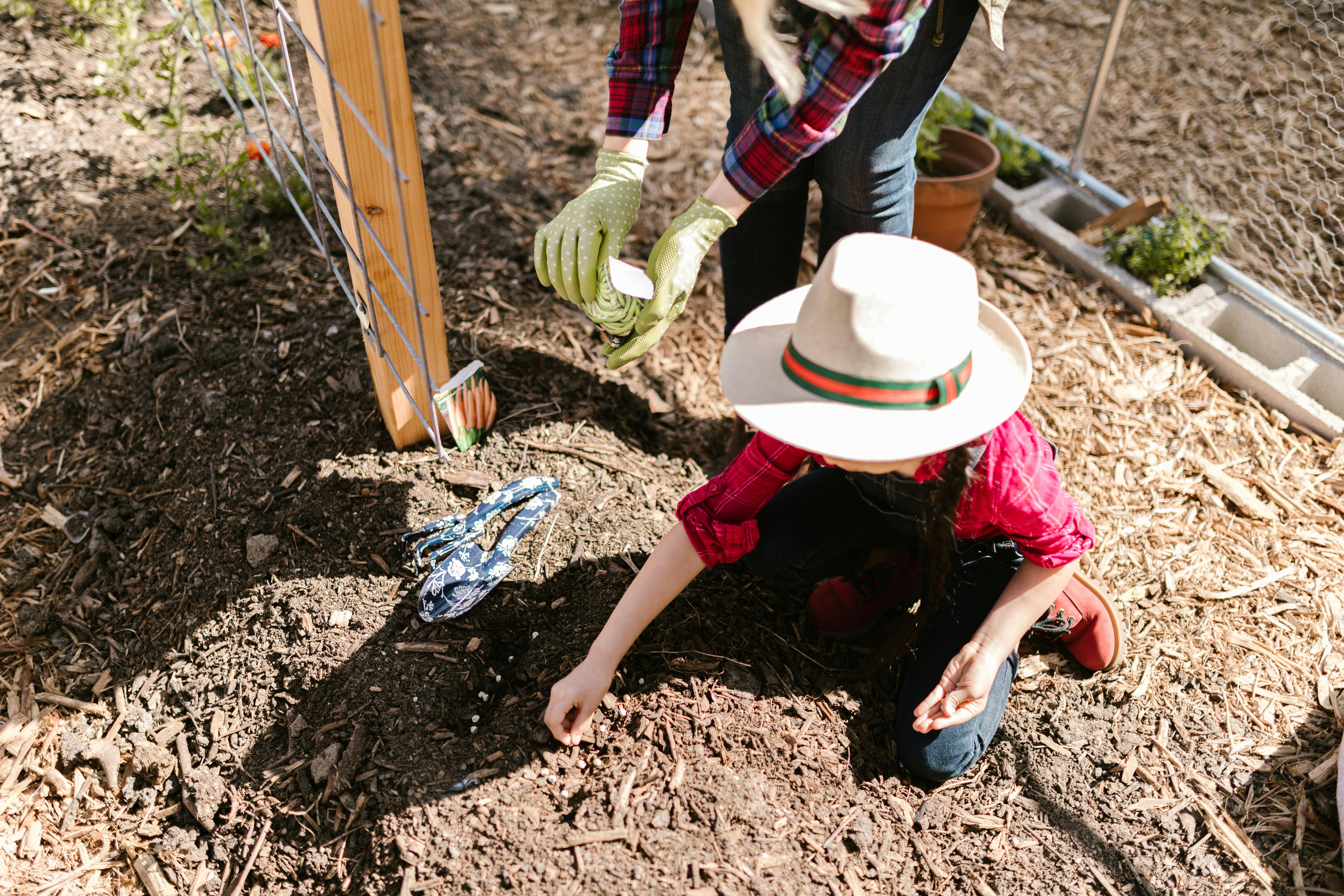Soaking bean seeds before planting is a great way to ensure a successful crop. Soaking the seeds helps to reduce the amount of time it takes for them to germinate, which means you can get your beans in the ground faster. But how long should you soak the seeds? This article will provide some tips on how long to soak bean seeds before planting.Bean seeds should be soaked for 12-24 hours before planting. This will help to soften the seed coat, which will promote faster germination and reduce the risk of fungal infections.
The Benefits of Soaking Bean Seeds Prior to Planting
Soaking bean seeds prior to planting has numerous benefits. First, it can reduce the amount of time it takes for the seeds to germinate. This is especially beneficial for gardeners who are short on time and need a quick turnaround on their crop. Additionally, soaking the beans can help them absorb much needed water and nutrients, which can lead to a more robust harvest. Furthermore, this process can also help combat any fungal diseases that may be present in the soil. Finally, by soaking the beans prior to planting you are able to clean them of any potential contaminants that may have been present when purchased or harvested from the field.
Soaking bean seeds is an important step in preparing for a successful harvest and should not be overlooked. It not only helps ensure good germination rates but also can provide a better crop yield and healthier plants overall. Additionally, it allows gardeners to identify any potentially bad or contaminated seed before planting which in turn saves valuable time and money in the long run. Soaking bean seeds prior to planting is an important step in any gardener’s preparation process and should not be forgotten or overlooked as it can provide numerous benefits both during and after harvest time.
What Should You Do After Soaking Bean Seeds?
After soaking bean seeds, the next step is to sow them. This can be done either directly in the soil or in seed trays. If you choose to sow them directly into the soil, make sure that the soil is well-drained and moist. Also, ensure that you sow them at least two inches deep and four inches apart from each other. If you choose to sow them in seed trays, make sure that the tray is filled with a light potting mix and watered well before sowing the seeds. Plant two to three seeds per cell of the tray and cover lightly with soil or potting mix.
Once the seeds are sown, water them gently so as not to disturb their roots. Keep an eye on them and make sure that they are kept moist but not soggy. When germination occurs, thin out any overcrowded seedlings by removing the weakest ones so that only one healthy seedling remains per cell or area of soil. During this process, be careful not to damage any of the roots of nearby seedlings when removing any extra ones.
Beans are best grown in a sunny position with plenty of nutrients in the soil, so make sure you provide your plants with a good quality compost or fertiliser at planting time. Keep an eye out for pests such as aphids and whitefly which may appear during growth and take necessary actions to rid your plants of these pests if found. Once your beans have grown enough for harvesting, simply pick off pods as needed when they are plump and juicy – enjoy!
Soaking Bean Seeds
Soaking bean seeds prior to planting is a common practice among gardeners. Soaking helps to reduce germination time and increase the chances of successful seed germination. There are several different ways to soak bean seeds, such as overnight soaking, boiling, or using a method called stratification. Let’s take a closer look at each of these methods.
Overnight Soaking
Overnight soaking is the most common and simplest way to soak bean seeds. It involves adding your seeds to a container filled with water and allowing them to soak for 8-12 hours. This process helps to soften the outer seed coat, which can make it easier for the seedling to emerge when planted in the ground. After soaking overnight, be sure to drain off any excess water before planting the seeds in soil.
Boiling
Boiling is another method for soaking bean seeds that can be used prior to planting. To begin this process, add your beans to a pot of boiling water and allow them to simmer for about five minutes or until they are softened enough for you to crush between your fingers. After boiling, drain off any excess liquid and plant the beans according to your desired instructions.
Stratification
Stratification is a more involved process of soaking bean seeds that involves storing them in moist conditions for several weeks prior to planting them in soil. This process can help break down dormancy in some types of beans and improve their chances of successful germination. To begin stratification, add your beans to an airtight container filled with moist sand or vermiculite and store it in a cool place such as a refrigerator or garage for 4-6 weeks before planting them outdoors in soil.
Soaking Bean Seeds
Soaking bean seeds before planting is an important step in the gardening process. It helps to soften the seed coat, which makes germination faster and more successful. Soaking also helps to remove any toxins that may be present on the seed coat, allowing for a healthier plant growth. To soak your bean seeds properly, you will need a few supplies.
The first item you will need is a container with enough space for the beans to move around freely. This could be a bowl or basin, but make sure it is large enough so that it does not become crowded when all of the beans are added. You will also need some water; purified or distilled water will work best, as it will not contain any contaminants or impurities that could affect your plants down the line.
Once these items have been gathered, you can begin soaking the beans. Place them in the container and cover with enough water so that they are completely submerged. Allow them to soak for 8-12 hours; this will give them plenty of time to absorb moisture and begin breaking down their seed coat for easier germination. After this time has elapsed, drain the water from the container and rinse off any remaining debris from the beans before planting them in their new home!
By following these simple steps, you can ensure that your bean seeds get off to a great start on their journey to becoming full grown plants! With just a few necessary supplies and some patience, you can reap all of the benefits that come with soaking your bean seeds before planting them in your garden.

Effects of Not Soaking Bean Seeds Before Planting
Bean seeds are usually soaked before planting to increase their germination rate and ensure the best possible yields. However, not soaking the seeds can have some negative effects on the resulting crop. Poor germination rates and lower yields are two of the most common problems associated with not soaking bean seeds before planting. Additionally, seedlings may take longer to emerge from the soil and they may be slower to develop. This can lead to weaker plants that are more vulnerable to pests and diseases. Without a strong start, plants may fail to reach their full potential, resulting in smaller harvests. Furthermore, not soaking bean seeds can increase the risk of certain types of diseases such as bacterial blight and wilt. These diseases can quickly spread throughout a field or garden, leading to significant losses in yield and quality.
In order to get the best results from bean crops, it is generally recommended that farmers soak their bean seeds for at least 8 hours before planting them in order to ensure they have adequate water for germination and quick emergence from the soil. This simple step can help ensure that beans have a strong start and reach their full potential for maximum yields.
Tips for Planting Soaked Bean Seeds
Soaking bean seeds prior to planting is a great way to give them an extra boost of strength and encourage germination. However, it is important to note that there are some tips and tricks that should be followed when planting soaked bean seeds. Here are some tips for planting soaked bean seeds:
First, beans should be soaked for no longer than 12 hours. This allows the moisture to penetrate the seed without causing it to become too soft, which can inhibit germination. Before soaking, it is also important to ensure that the beans are not rotten or moldy. If they are, they should not be planted.
Once the beans have been soaked and dried off, they should be planted at a depth of 1-2 inches in well drained soil. The soil should be kept moist but not wet during germination. It is also important to keep the beans spaced out evenly in order to allow for proper air circulation and light penetration.
Finally, after about two weeks of germination, the beans should be thinned out so that there are no more than three plants per square foot. This will help ensure that the plants have enough room to grow properly and will also reduce competition among them for available resources like water and nutrients.
Following these tips can help ensure successful growth of your bean plants!
Avoiding Common Mistakes When Planting Soaked Bean Seeds
When planting soaked bean seeds, it is important to take certain precautions to ensure that the seeds have a successful germination. First, it is important to make sure that the soil in which the beans are planted is well-drained and has plenty of light. Additionally, the soil should be kept moist but not overly wet. The best way to maintain moisture levels in the soil is by using a mulch or cover crop. This will help keep the soil temperature more consistent and prevent evaporation of water from the surface.
It is also important to give the beans enough space when planting them. If they are planted too close together, they will compete for nutrients and water and may not grow properly. When sowing soaked bean seeds, it is best to plant them at least two inches apart in order to give them room. Additionally, it is important not to plant them too deep as this can prevent proper germination and cause rot or disease issues with the seedlings.
Finally, it is important to keep an eye on the beans during germination as some varieties may need more care than others. For example, some beans may require supplemental water during dry periods or additional fertilizer if necessary. By following these simple precautions when planting soaked bean seeds, you can help ensure successful germination and healthy plants for your garden!

Conclusion
Soaking bean seeds before planting helps to reduce the time it takes to germinate and emerge from the soil. It also helps to reduce the risk of seed rot and other diseases. The length of time that you should soak your bean seeds depends on the variety, but a general rule of thumb is that for most beans, 8-12 hours is sufficient. Make sure to keep an eye on them and check for signs of rot or fungal growth. Drain and rinse them twice during this time for best results.
By following these guidelines, you can ensure that your bean seeds are soaked properly before planting, allowing them to thrive in your garden!
Happy planting!

